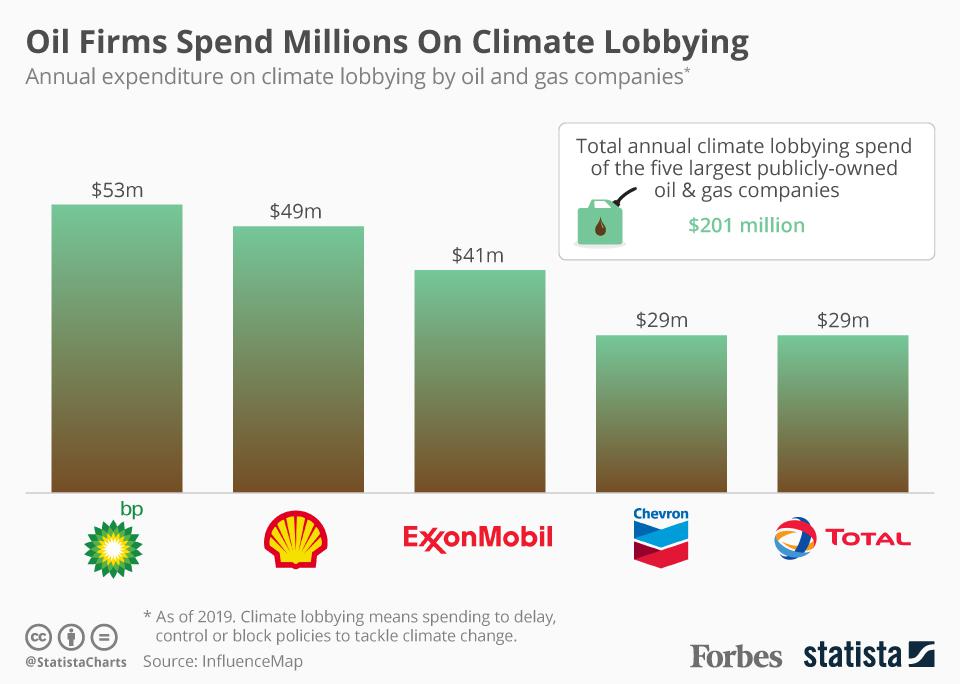In 2009, Forbes magazine proclaimed oil and gas corporation ExxonMobil the “Green Company of the Year.” In a world that is increasingly becoming more aware of law, guidelines, policies and goods and services that promote environmental friendliness and energy efficiency, oil and gas companies like ExxonMobil are joining this recent development. In doing so, they are doing their part in keeping our world as free from harm as possible.
Renewable Energy
Over the past few years, oil companies are particularly focusing on renewable energy. This type of power source is generally defined as energy that is derived from resources that are naturally replenished, rather than being depleted when used. A prime example is solar power, which comes from the sunlight. Other renewable energy sources include wind, rain, and geothermal heat. Renewable energy not only replaces conventional fuels like gasoline and diesel for vehicles; they also provide a great alternate in electricity generation, hot water/space heating, and rural energy services. Also, renewable energy sources are not usually concentrated in certain countries, but rather exist over wide geographical areas.
Understanding the Driving Factors
According to GulfLand Structures, a company that provides offshore living quarters for oil rigs, oil companies—particularly ExxonMobil, Shell, and BP—are driven to a shift towards renewable energy sources for four reasons. One, there has been growing concern over the depletion of oil, which, as a fossil fuel, took millions of years to form; and has proven to have a negative impact on the environment through events such as oil spills and air pollution. Secondly, poorer countries, some of which are coincidentally major sources of oil, are becoming more industrialized, thus increasing the demand for more advanced energy sources. And thirdly, due to the two aforementioned factors, oil companies see renewable energy as a more viable power source in the future.
A Dual Approach
According to Forbes, there are two ways in which oil companies can go “green”: 1.) the political approach; and 2.) the engineering approach. The reason why Exxon was awarded the “green company” title was because it developed and combined both. In July 2009, ExxonMobil announced that it would invest $600 million in algae farms that would turn sunlight into fuel for automobiles, a political move that pacified environmentalists horrified by the adverse effects that oil drilling has on the environment. It also helped that ExxonMobil’s head honcho, Rex W. Tillerman, who became chairman and CEO in 2006, was more accommodating of climate change alarmists than his immediate predecessor, Lee R. Raymond. And from an engineering standpoint, ExxonMobil opted to drill for natural gas, rather than oil. Coincidentally, this helps reduce the amount of carbon dioxide released into the atmosphere. Natural gas releases 25 percent less carbon dioxide than oil, as well as 40 to 50 percent less than coal. Indeed, ExxonMobil contends that replacing oil or coal with natural gas can cut carbon dioxide emissions by 1 billion tons per year.
Challenges and Promise
On one hand, it remains to be seen whether going “green” is unarguably a great idea in the long run. Some industry experts argue that certain approaches—such as the aforementioned investment in algae farms as replacement for oil wells—are rather unrealistic. And some companies might be exploring the possibility of renewable energy solutions not because of a genuine love for the environment. For instance, ExxonMobil experienced a 12 percent drop in the production of crude oil between 2006 and 2009. On the other hand, though, the unabated push for more environmentally sound and sustainable forms of energy—coupled with the economic promise of job creation—might ultimately motivate oil companies in their “green” pursuits in the years to come.




